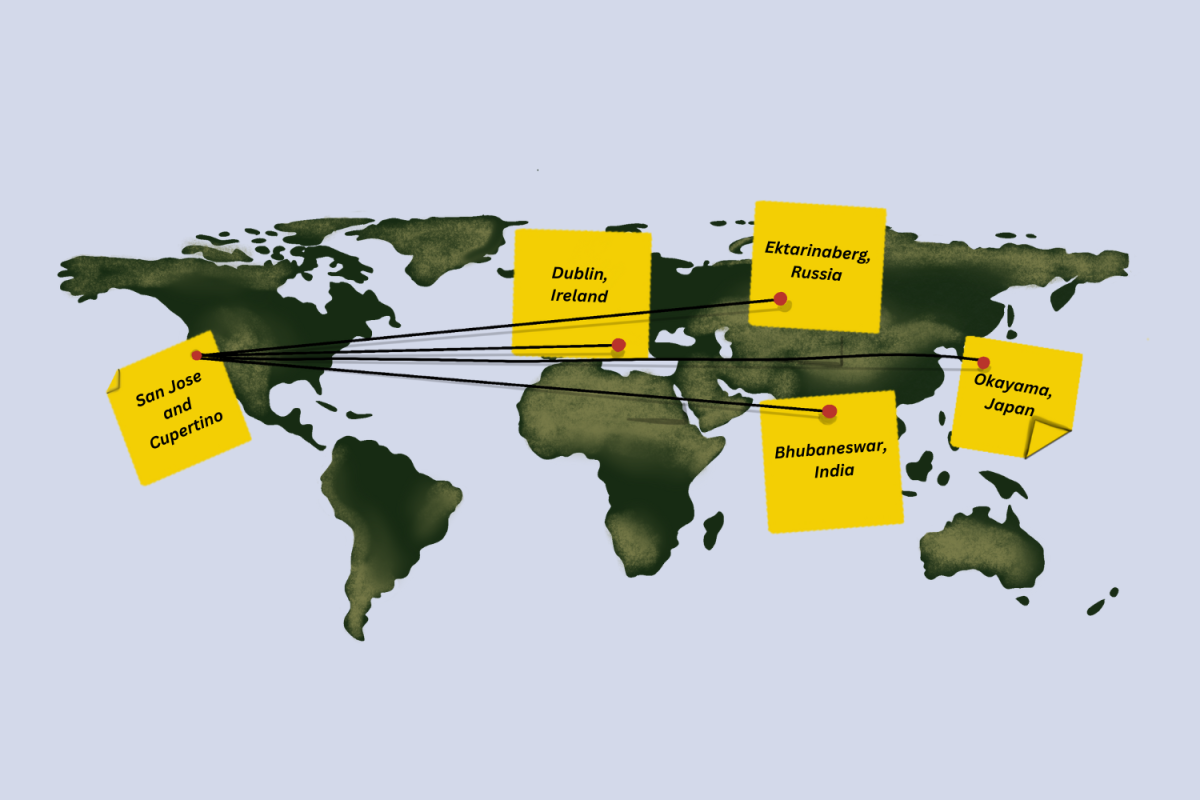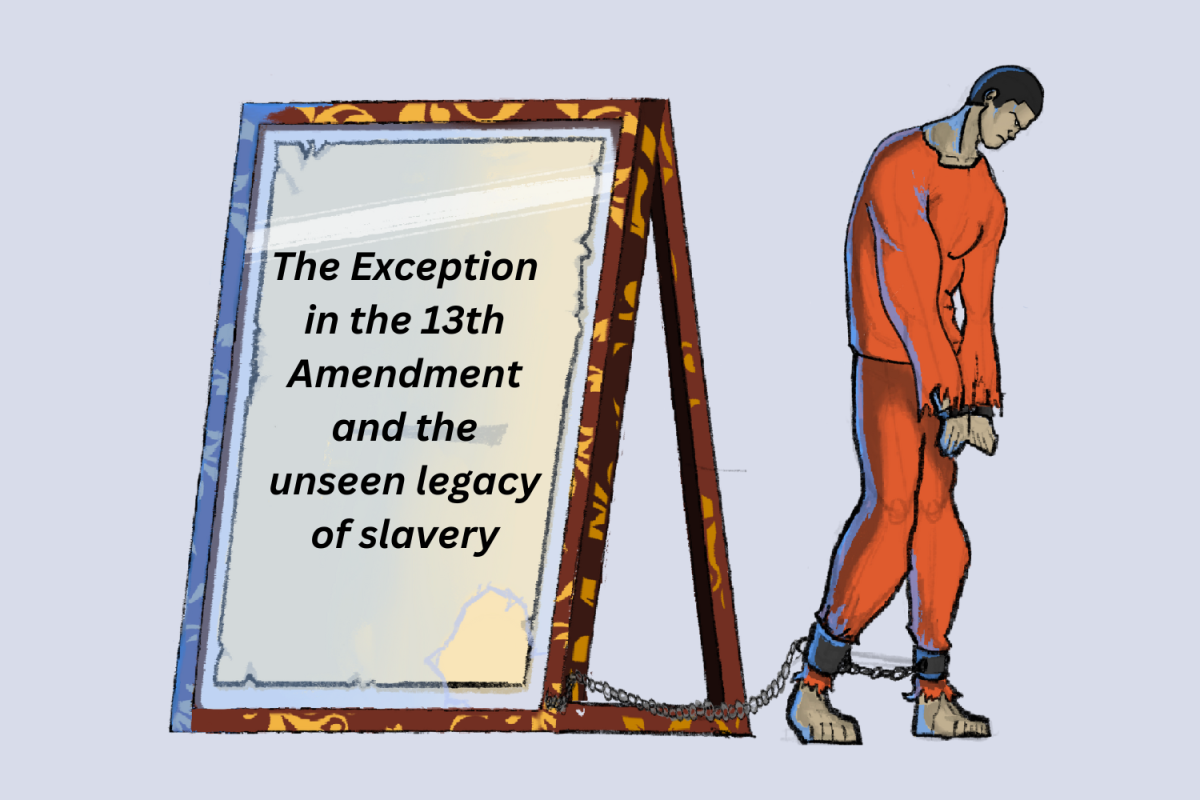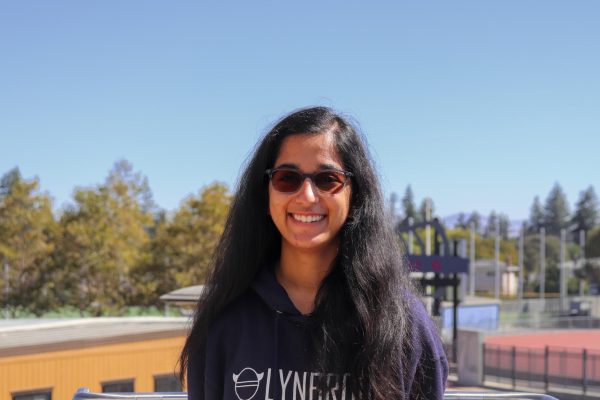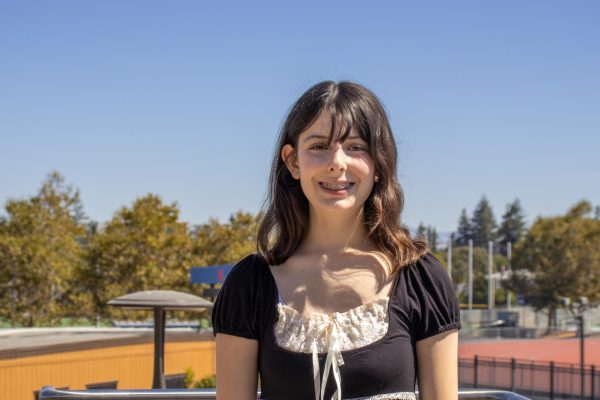San José and Cupertino have forged connections with a multitude of sister cities — cities linked together across the globe to facilitate an exchange of ideas and cultures — fostering social and political connections worldwide.
In hopes of creating global goodwill after World War II, the Sister City International initiative and People-to-People program became official in 1956.
In 1957, San José became the third city in the United States to have a sister: Okayama, Japan. Ever since, San José has signed seven sister city agreements and Cupertino has established four since signing its first relationship with Copertino, Italy in 1963. Building these connections, San José and Cupertino have raised cultural awareness about different regions.
San José holds an exchange program with Okayama, Japan, where students from both cities spend a week with a host family in the other city. During COVID-19, three exchanges were virtual as alumni and students held conversations and performed a skit about their home culture. This summer, 46 students attended the first in-person exchange since the pandemic.
San José maintains relations with its other sisters through various events, such as through the San José-Dublin Sister City Program holds a Shamrock Run. Each February, SJDSCP also organizes an annual Irish Week, where San José hosts a political delegation from Dublin. The participants engage in a ceremonial presentation and a gift exchange with both mayors and meet with San José officials and arts and business groups.
Cupertino holds events similar to San Jose’s; the Cupertino-Hsinchu Sister City Association and Cupertino-Toyokawa Sister Cities organize exchange programs annually. In the CHSCA program, each student from Cupertino is assigned a host student and family in Hsinchu, who they live with for the week-long program.
“I called my host student beforehand to get to know her better, so the first day we met, we just really clicked,” junior and participant Natalie Tan said. “I learned a lot from the family I stayed with; they taught me the meaning behind each of the historical sites we visited.”
Tan keeps in touch with her host student and looks forward to experiencing Halloween together in the U.S. when they visit.
In 2019, the Cupertino-Bhubaneswar Sister City Initiative agreement was signed. Co-founder and president, Reena Patnaik Rao explained that after pitching the idea of a new Sister City program to the mayor, hours of planning and two trips between the cities, the idea was approved.
Moreover, in 2019, CBSCI started its exchange program, in which students from the city came to Lynbrook to experience Cupertino culture. However, due to the pandemic, no more trips have been held. The program will resume in the spring of 2025.
Although the pandemic created obstacles for the sister cities, the Cupertino programs adapted.
“COVID-19 gave us the opportunity to sort of look back, and then try out new things to continue to learn from each other,” said Angela Chen, CHSCA president and high school and city liaison.
CBSCI also held a virtual symposium in hopes of sharing each city’s knowledge. In the interview, Rao said that the symposium brought together people to discuss topics including disaster-management and the arts industry, aiming to foster a global exchange of ideas.
“Because of COVID-19, a lot of poor people in India were suffering,” said Mahesh Pakala, executive board member of CBSCI. “So we thought this would help in creating that bridge, creating more opportunities.”
For decades, the sister cities championed a mission: getting the younger generation involved to keep global relationships thriving.
“By participating in the cultural exchanges, students learn a different culture, experience a local language and make lifelong friendships,” said Chen. “If we can allow more students who don’t have an opportunity to go, that would be amazing.”





































































